Differences In Jelly, Jam, And Preserves: What Are Preserves, Jams, And Jellies
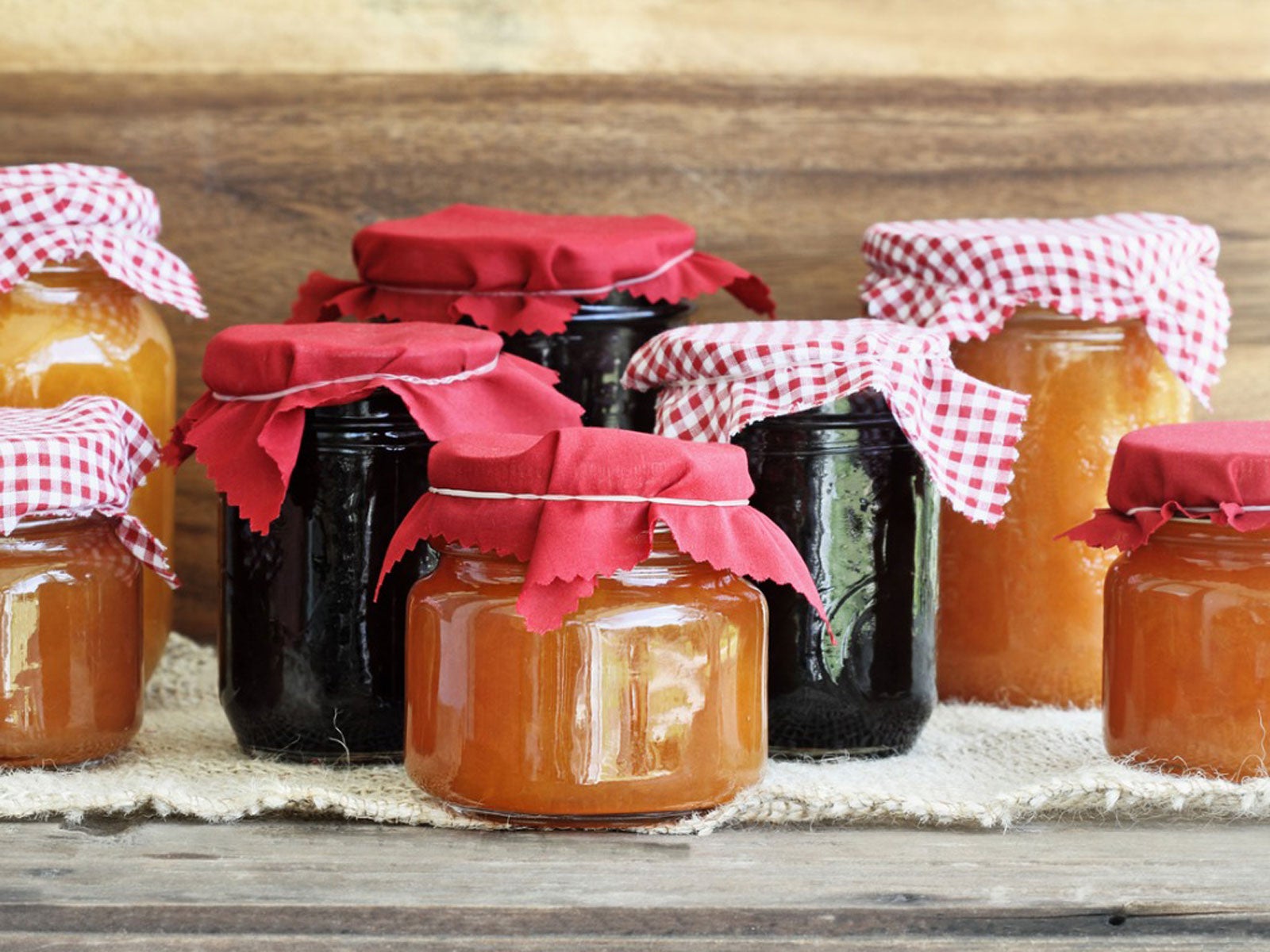

It seems like home canning and preservation have made a bit of a resurgence. Preparing your own food allows you to control what is in it and how it is processed. One of the best ways of preserving excess fruits is by making jelly, jam, and preserves.
Distinguishing between jams, jellies, and preserves may confuse some, though. The terms are rooted in an old-fashioned process that was necessary before the arrival of modern refrigeration. Keep reading and we will explain the varieties of canned fruit spreads.
Why Make Fruit Spreads?
Not everything in a canning jar made from fruit is a jam, nor is it strictly a jelly or preserve. Jelly, jams, and preserves contain different amounts of fruit and sugar and have very distinctive textures.
The differences between jam and jelly can be illustrated by the humble PB and J. While you can put jam on that peanut butter and jelly sandwich, it fails to have the smooth spreadability of jelly. So then, what are preserves?
Traditionally, all the fruit from a season had to be eaten or preserved in some way or it would rot. Drying was a popular method of preservation, as was salting, but resulted in very different foods and flavors. Preserving food kept it longer and you could enjoy strawberries in winter when none were available.
Over time, making fruit preserves became a delicacy. If you've ever gone to a state fair, there will be numerous varieties of fruit preservations for judges to taste and award ribbons of excellence. Today, you can find fruit spreads with notes of herbs, tea, flowers, and even wine or liqueurs.
How are Jams and Jellies Different?
Jelly is made of the juice of fruits that has been strained to remove any solids. It is usually made with gelatin to give it a bit of springy texture. It also usually has a higher percentage of sugar but less per weight of fruit. Visually, jelly is clear.
Gardening tips, videos, info and more delivered right to your inbox!
Sign up for the Gardening Know How newsletter today and receive a free copy of our e-book "How to Grow Delicious Tomatoes".
Jam, on the other hand, is packed full of bits of fruit. It has less of a gel-like texture and a bit more heaviness. Jam starts life as pulp or puree that has sugar and sometimes acid-like lemon juice and pectin. Experts recommend a combination of 45 percent fruit to 55 percent sugar for the perfect jam.
In spite of the differences between jam and jelly, both are used as spreads or in baking.
What are Preserves?
Distinguishing between jams, jellies, and preserves may seem trivial but it's important to foodies and those state fair judges. Preserves contain more fruit than jam or jelly. Essentially, preserves are from whole cut-up fruit and have very little gel-like consistency. This is cooked down with some sweetener and is quite chunky.
Little to no pectin is required in preserves, as it has a naturally thick texture already. Preserves are excellent in baking and cooking and contain more authentic fruit flavor than jam or jelly.
Any of the three are excellent on toast, but it's your preferred texture and subtle flavor that will determine which is your favorite.

Bonnie Grant is a professional landscaper with a Certification in Urban Gardening. She has been gardening and writing for 15 years. A former professional chef, she has a passion for edible landscaping.
-
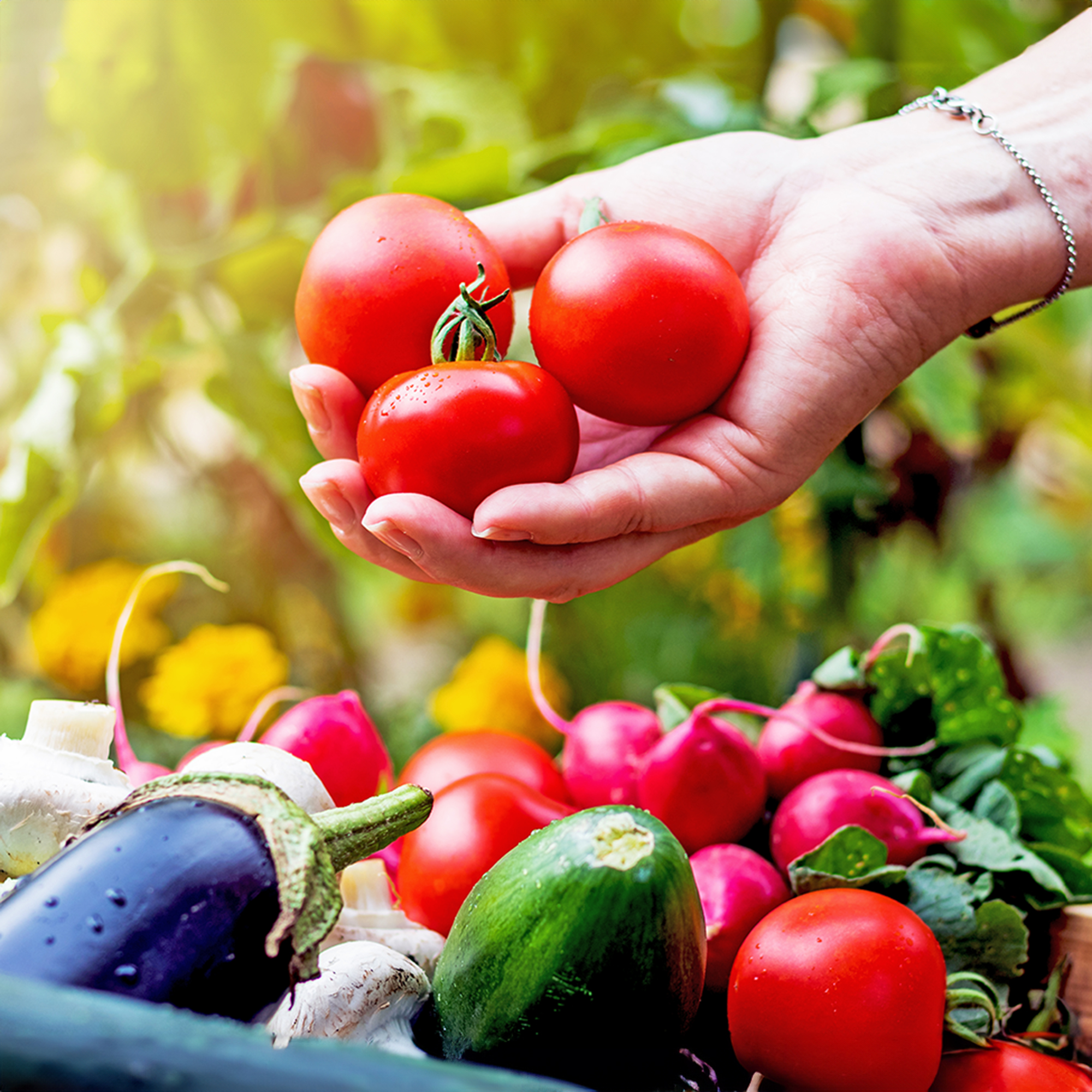 What Not To Plant With Tomatoes: 8 Bad Neighbors That Could Ruin Your Harvest
What Not To Plant With Tomatoes: 8 Bad Neighbors That Could Ruin Your HarvestNot all companion plants are beneficial – some can sabotage your tomatoes. Find out which ones to keep at a safe distance in the garden.
-
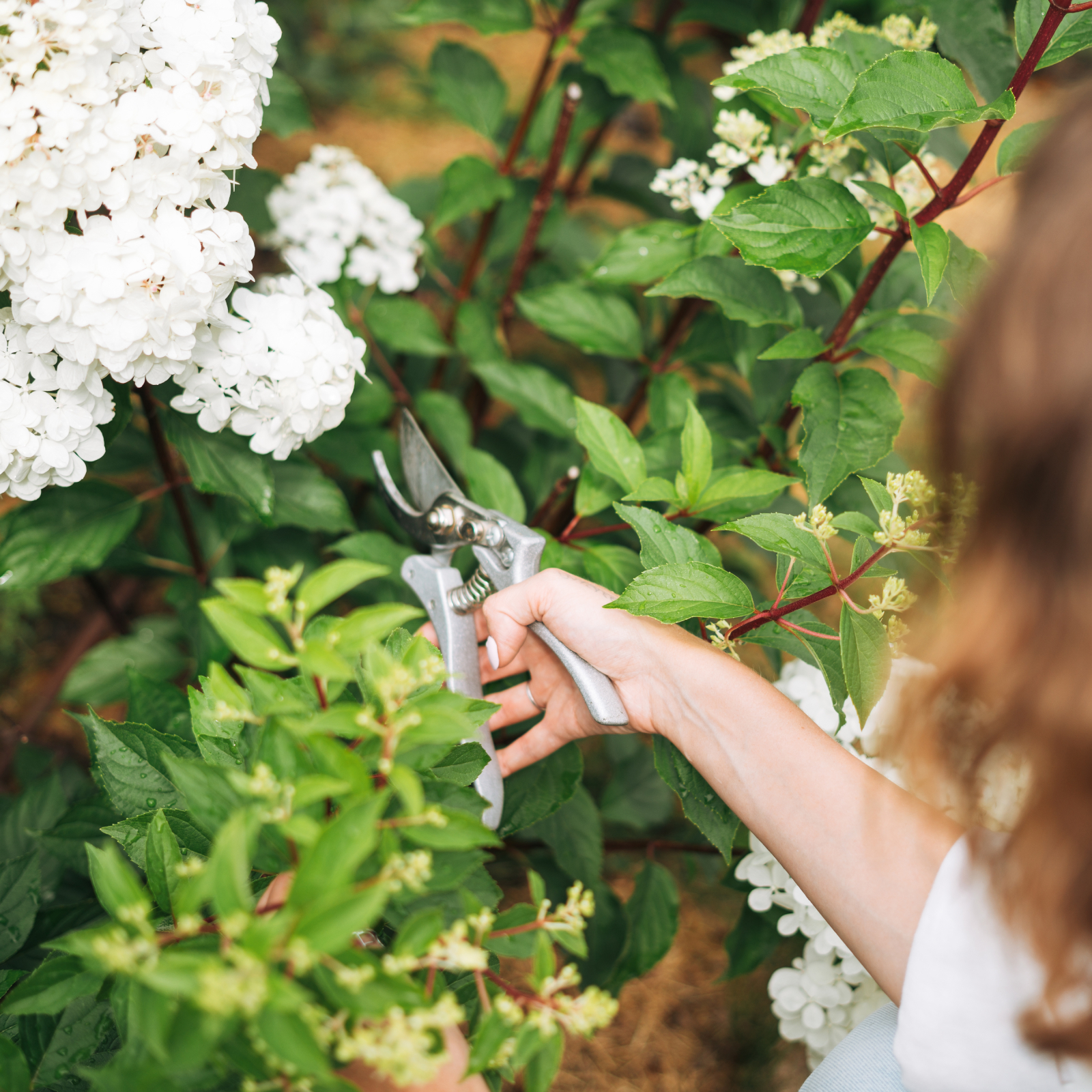 Pruning Limelight Hydrangea Bushes For Bigger Blooms & Stronger Plants
Pruning Limelight Hydrangea Bushes For Bigger Blooms & Stronger PlantsPruning 'Limelight' hydrangea will benefit the shrub. Flowers will be more bountiful the next year and branches will be stronger. Learn how and when to prune.
-
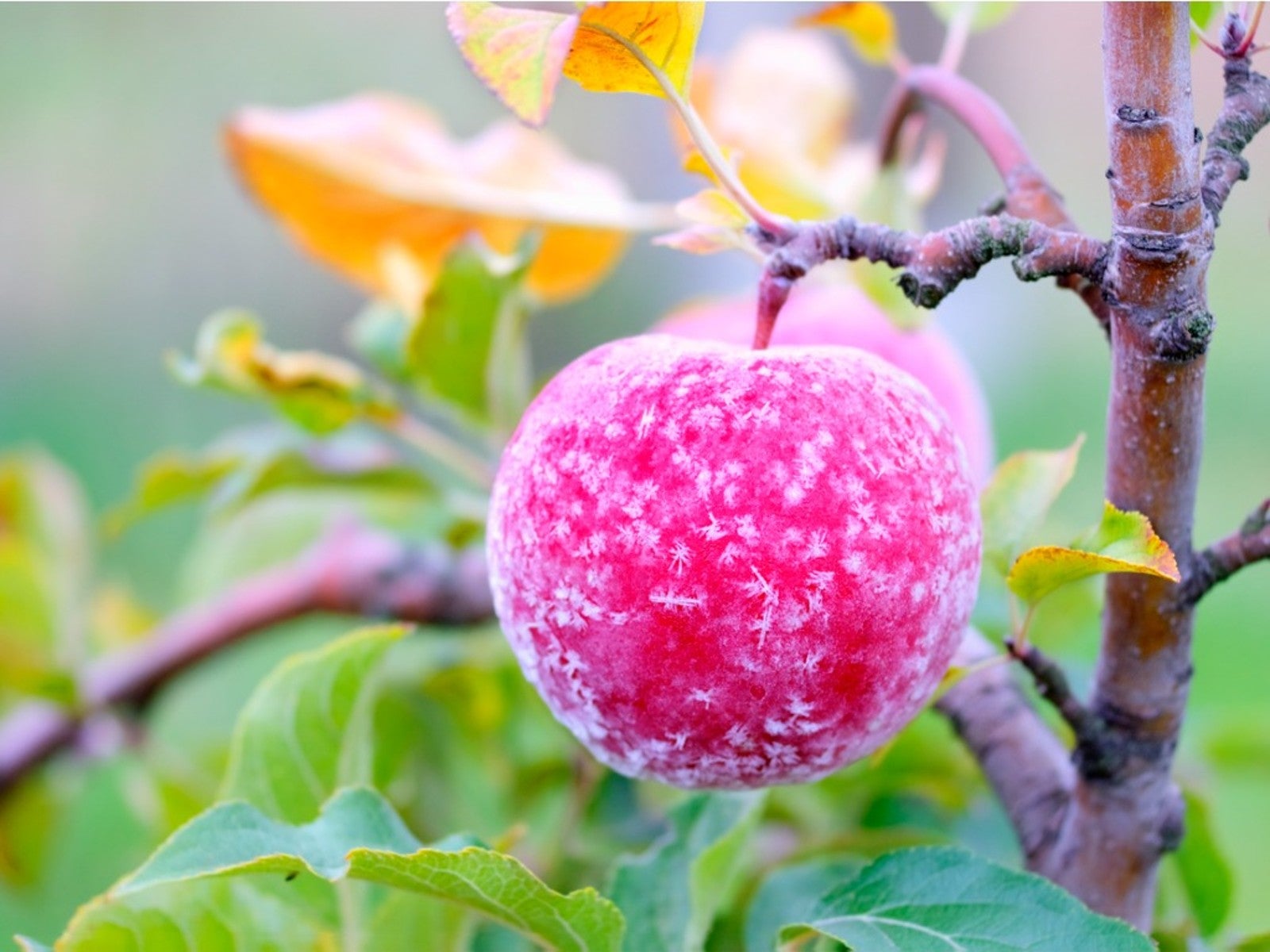 How To Protect Fruit Trees From Frost And Freeze
How To Protect Fruit Trees From Frost And FreezeChoosing fruit trees appropriate for your growing zone is best, but you still may need to protect them from extreme cold. Read how.
-
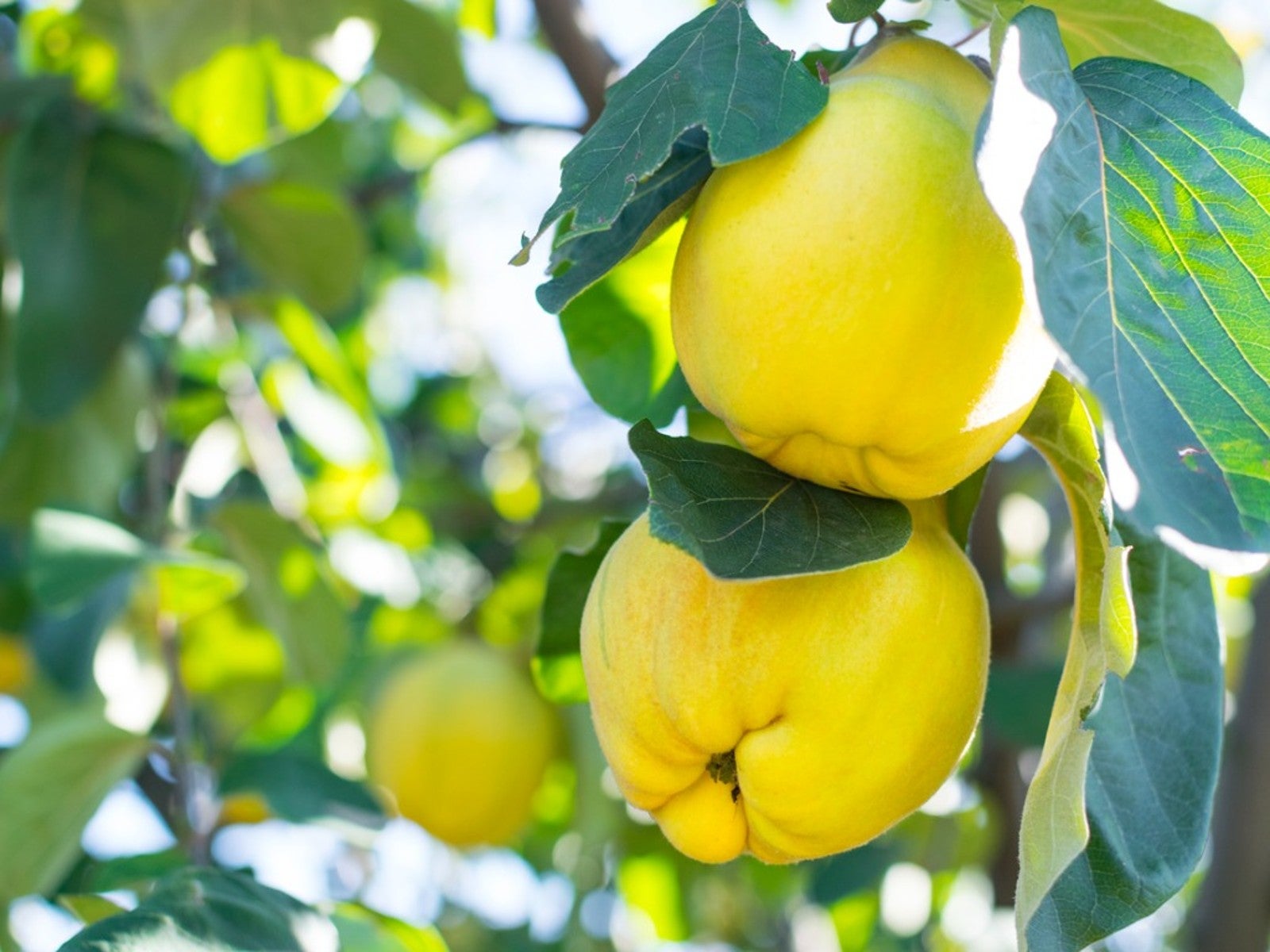 Best Plants For Late Summer and Fall Fruit Harvest
Best Plants For Late Summer and Fall Fruit HarvestEven if you don’t have the optimal conditions for more common fruit trees, there are other end of summer fruits to enjoy.
-
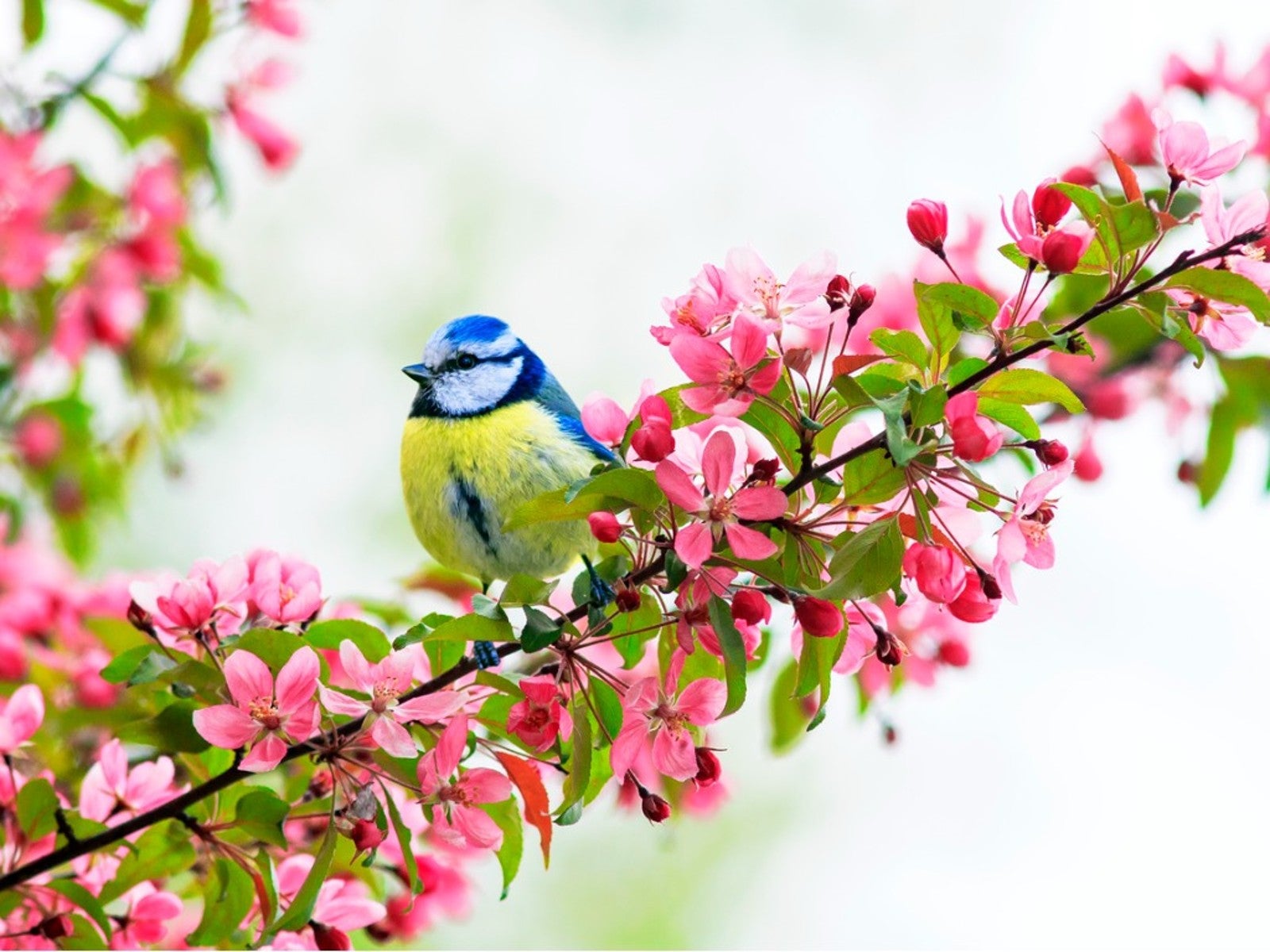 Best Native Fruit Trees To Support Wildlife
Best Native Fruit Trees To Support WildlifeIf you want trees that will attract and feed wildlife, learn the best kinds of edible fruit and nut trees to plant for inviting specific creatures.
-
 Orange Fruit Varieties: Growing Fruits That Are Orange
Orange Fruit Varieties: Growing Fruits That Are OrangeOrange colored fruit isn’t limited to the citrus orange. There are plenty of other orange colored fruit varieties, each packing a healthful punch. Read on for more.
-
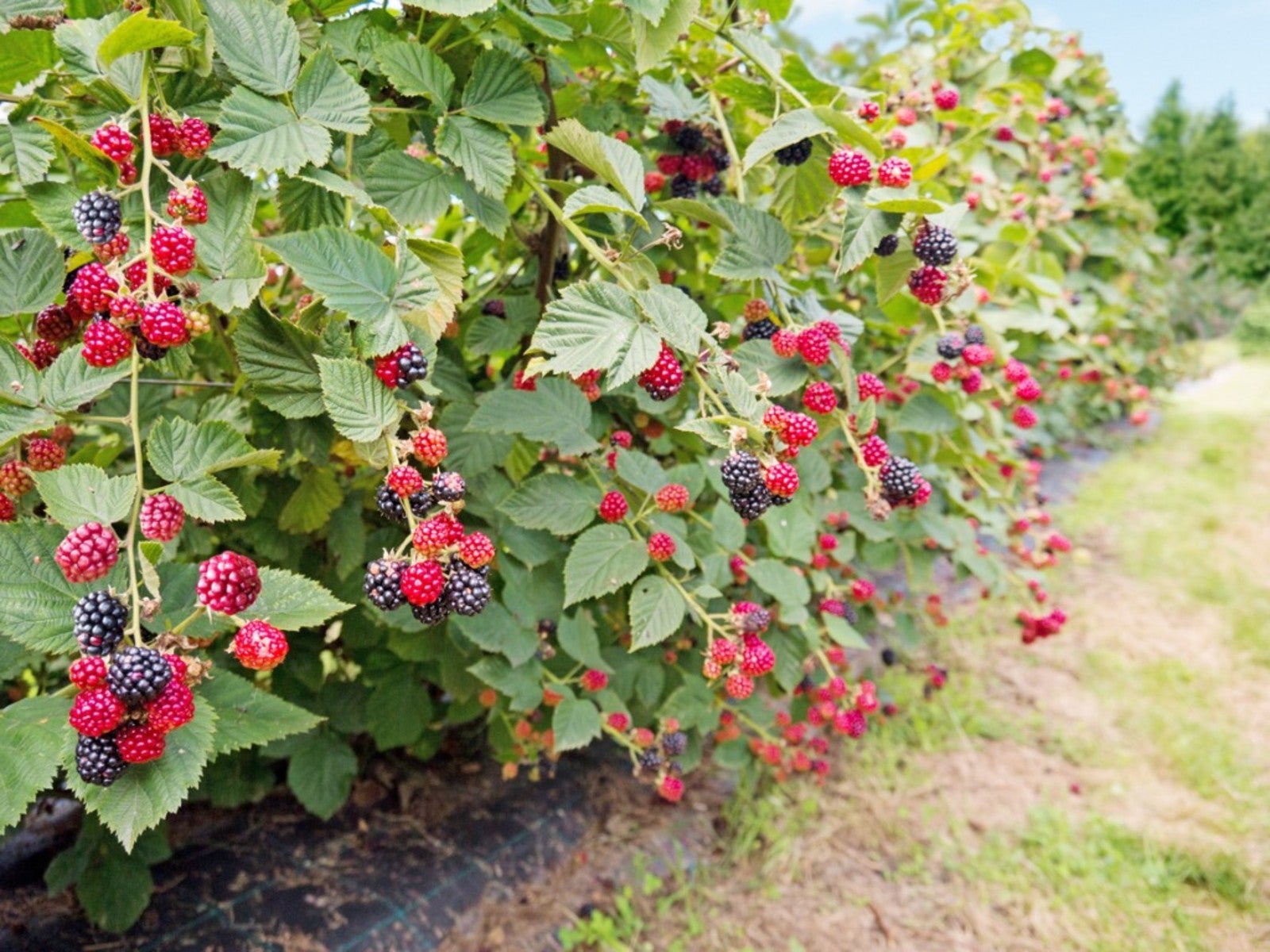 Everbearing Plants: Learn About Everbearing Varieties Of Fruit
Everbearing Plants: Learn About Everbearing Varieties Of FruitWhat does everbearing mean? And more importantly, how do everbearing varieties differ from non-everbearing types? Read on for more.
-
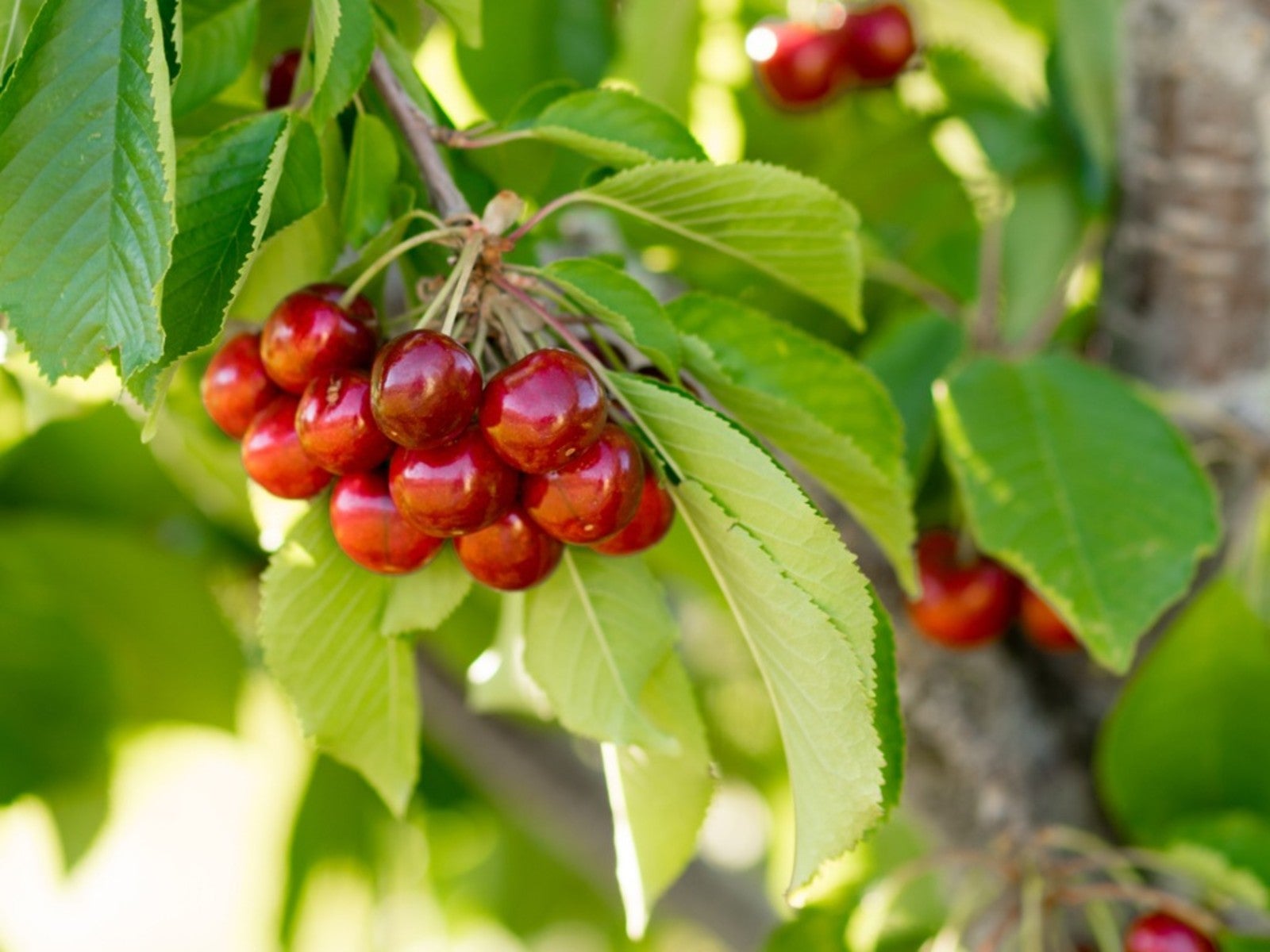 Plant A Red Fruit Garden: Growing Fruits With Red Flesh
Plant A Red Fruit Garden: Growing Fruits With Red FleshPlanting a red fruit garden may seem a bit whimsical. That is, until you realize the health benefits of consuming fruits with red flesh.
-
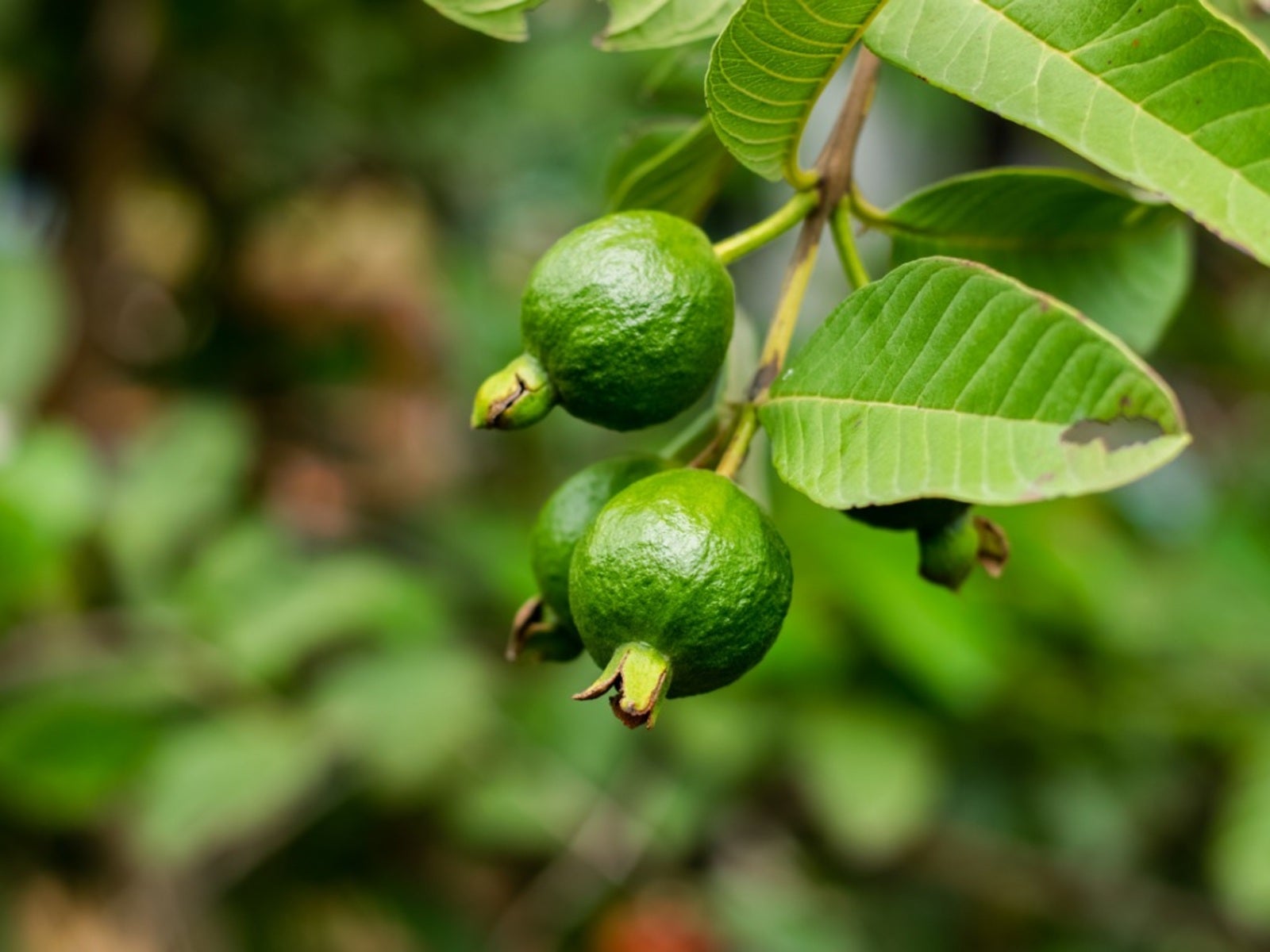 Heat Tolerant Fruits - Growing Fruit In Hot Weather
Heat Tolerant Fruits - Growing Fruit In Hot WeatherSome fruit grows in extreme heat naturally. But there are also specially cultivated, heat-tolerant varieties. For more information on heat tolerant fruits, read on.
-
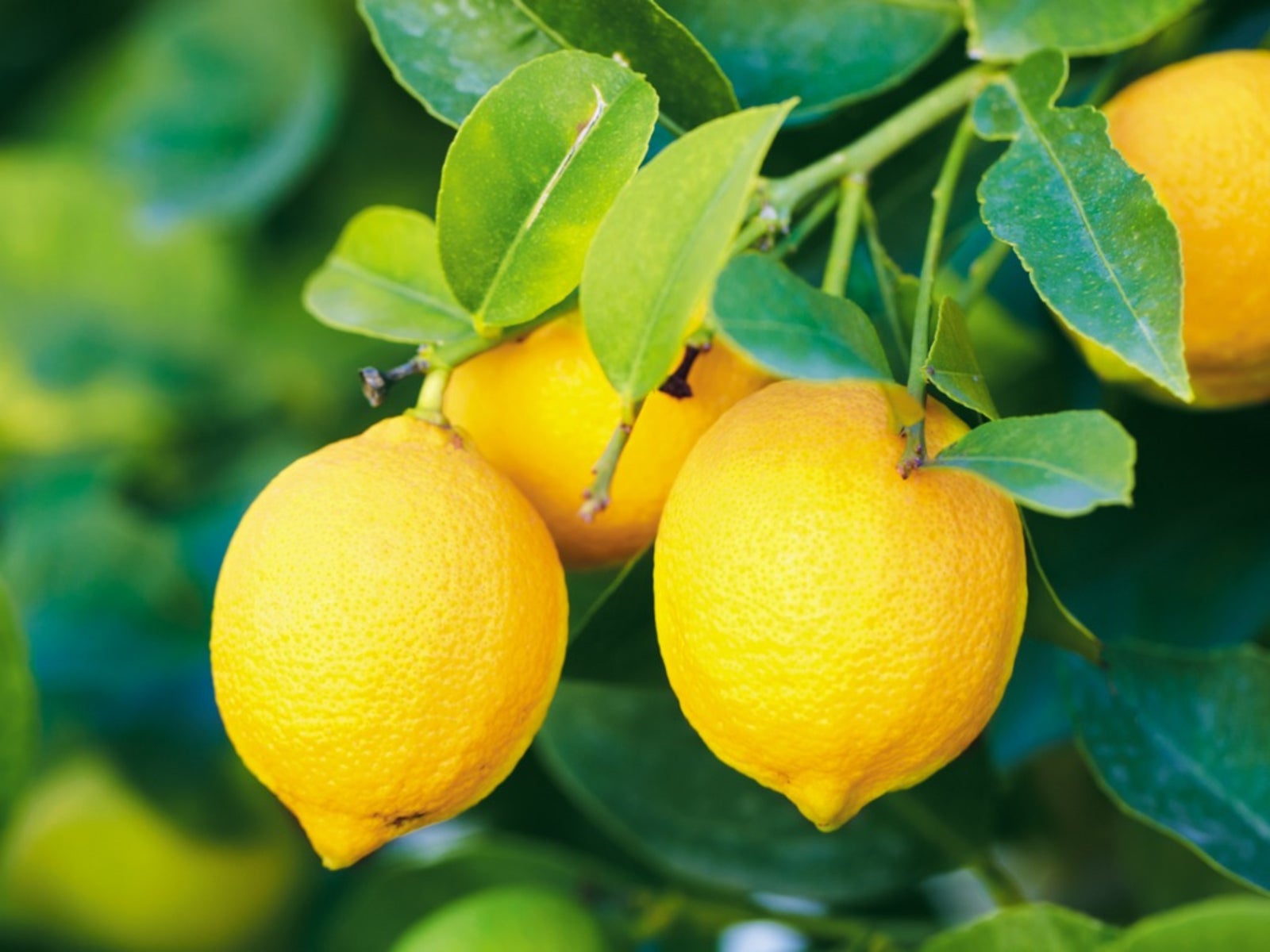 Yellow Fruit Varieties - Growing Fruit That Is Yellow
Yellow Fruit Varieties - Growing Fruit That Is YellowWhat fruit is yellow? There's more than the bananas at the supermarket. Try growing yellow fruit for a consistent supply of sunny food.